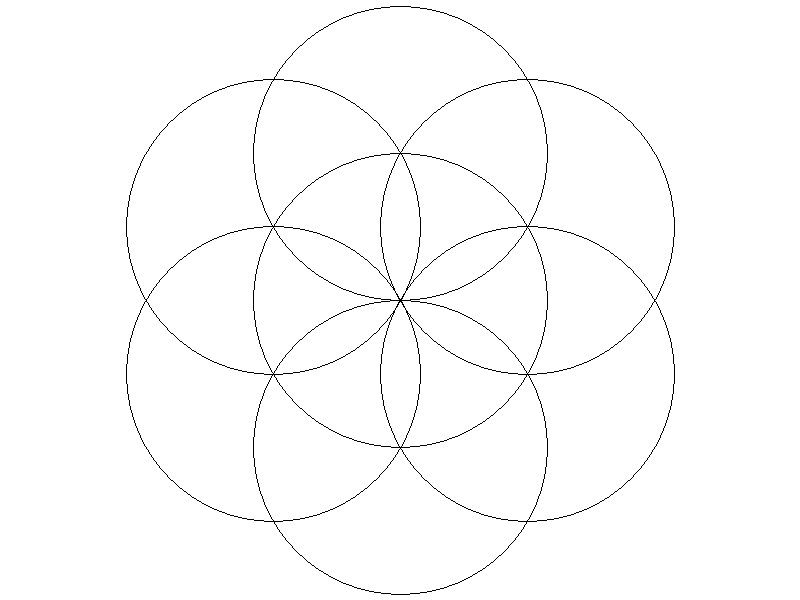Posted by Mike Poole on 05/07/2020 11:32:18:
355/113 is a bit more accurate, good enough for most workshop stuff.
Mike
For pi to 30 places (3.141592653589793238462643383276), here's a list of approximations, poor to good, and their error as a percentage to 3 places:
pi=3 Error 4.507%
pi=3.1 Error 1.324%
pi=3.14 Error 0.507%
pi=22/7 Error -0.040%
pi=3.141 Error 0.019%
pi=3.1415 Error = 0.003%
pi=355/133 Error = 0.000085%
pi=3.14159 Error = 0.000084%
pi=3.141592 Error = 0.000020%
pi to 30 places of decimals compared with pi to 100 places is a really tiny error, a little over: -0.0000000000000000000000000001%
For workshop tasks 22/7 is comfy for pencil and paper arithmetic and the result is plenty good enough for most practical purposes. Remembering pi ≈ 3.141 and doing the sum in decimal halves the error caused by 22/7, not that it matters much for ordinary work.
Now we have calculators, I don't rate 355/113 in practice. Multiplying by 355 and dividing by 113 with paper and pencil is hard work! Better to memorise 3.14159, which is slightly more accurate. Best of all is the value of pi stored in a calculator, which is more accurate again, and it doesn't have to be remembered at all. Why risk making mistakes with clumsy fractions?
Some reasons why pi needs to be accurate
- the object is very large, like the radius of our universe,
- a high level of accuracy is demanded, as in the Global Positioning System,
- the object is very small, like an atomic particle;
- some iterative calculations lose accuracy due to rounding errors.
- number theory, mathematical exploration and computer improvements
In practice, GPS only uses 16 digits. Atomic science seems the main application for very high accuracy but even they only use 32 digit pi in calculations.
My computer can easily do pi to a 1000 digits, but it's a novelty. In the workshop I normally use 3.141 and a calculator. At school most calculations were done with a slide-rule only roughly representing 3.14, and I don't remember it ever not being 'good enough'. I know a more accurate pi was in a book of Mathematical Tables but don't recall ever using it. (Could be because I was a lazy student and bored by maths!)
The different ways of calculating pi are fascinating and researching them opened many high-technology doors. Everything from weather forecasting to Light Emitting Diodes and the Internet.
Dave
robjon44.






